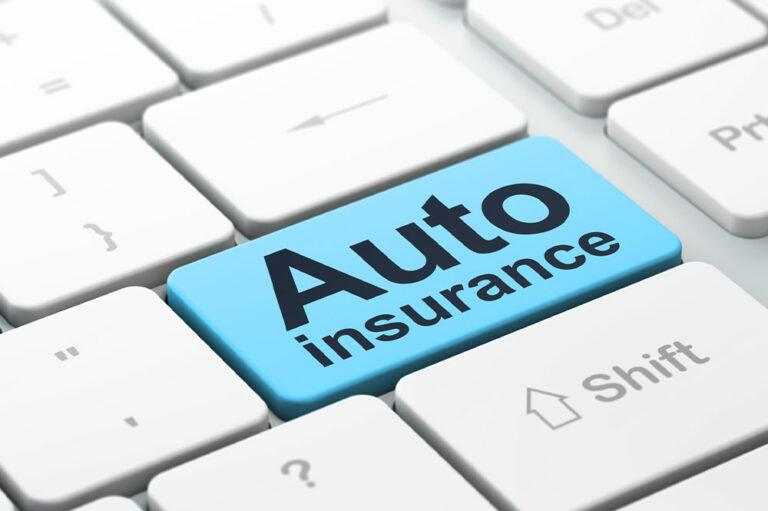
insurance
8 things to consider when choosing a Medicare plan
Medicare benefits many people by helping them meet their healthcare expenses. But providers offer multiple plans with unique features, making choosing difficult. A good way to select a Medicare plan is to research the options well and become familiar with their coverage limits, add-ons, terms and conditions, and other aspects. One must take time and never decide in a hurry. An individual will find that making a choice is much easier after adequate research. Costs When choosing a Medicare plan, one should understand its associated costs, such as premiums, deductibles, and, most importantly, out-of-pocket expenses. Most plans cover a portion of the expenses for doctor visits or hospital stays and require the policyholder to pay the rest. So, one should consider whether there are any yearly limits on out-of-pocket expenses for healthcare services. Usually, there is no yearly limit on paying out of pocket unless an individual has supplemental coverage, such as Medicare Supplement Insurance (Medigap). Medicare Advantage typically has a yearly limit on what one pays out of pocket for services covered by Medicare Part A and Part B. Once the plan’s limit is reached, one will not need to pay anything for Part A and Part B services for the rest of the year.
Read More 










